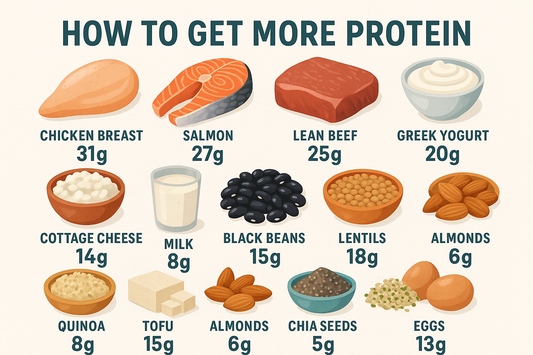
Meat is a wide-ranging term typically comprising any form of animal flesh, such as pork, poultry, fish, and beef. Some vegetarians might contend that no kind of meat is healthy and are ecologically unfavourable sources of food. On the other hand, you’ll find that there is a large degree of protein in meat and essential fatty acids, both are essential with respect to the human diet. Moreover, meats are ‘complete proteins’, having all the essential amino acids, unlike the vast bulk of protein stemming from plant sources.
Nevertheless, meat structure varies from type to type and some may be regarded as being healthier than others, as a result. If low saturated fat content represents a measure of health, then skinless chicken breast may well be the ideal meat. White chicken meat is low in fats and is quite a respectable source of protein, around 8 grams per 28 grams of mass, but it is also effortlessly found irrespective of the time of year, and is reasonably priced as opposed to fresh fish.
The blacker chicken meat (i.e., the thigh) is higher in vitamins and saturated fat, for example vitamin D. Turkey meat regularly holds more protein and calories per gram than chicken does but also has a higher degree of saturated fat. Turkey is particularly high in tryptophan, an amino acid that encourages sleep. Free-ranging poultry is regarded as a much healthier choice as opposed to poultry from enormous commercial ranches (due to the different growing conditions and less use of hormones). Consuming the sinew at the end of chicken wings and drumsticks provides an outstanding amount of hyaluronic acid (valuable nutrient for healthy joints). Alternatively, fish may possibly be the healthiest kind of meat, because not only is it an exceptional source of protein (9 grams per 28 grams of mass), but it is also very high in omega-3 fatty acids.
Omega-3 fatty acids are crucial to proper brain and nervous system function. Fatty fish, such as tuna and salmon hold the most amounts of essential fatty acids and are also first-rate sources of calcium and vitamin D. Eating fish with its skin and skeleton offers an admirable amount of minerals and hyaluronic acid. A word of caution, some deep sea types of fish, such as tuna, can amass large quantities of mercury (among other toxins) in their flesh, which can have detrimental effects on the human body, so frequent consumption should be avoided if possible.
Bibliography
American Dietetic Association. 2006. “American Dietetic Association Complete Food and Nutrition Guide”.
Gropper, S.S. and Smith, J.L. 2009. “Advanced Nutrition and Human Metabolism: 5th Edition.”










